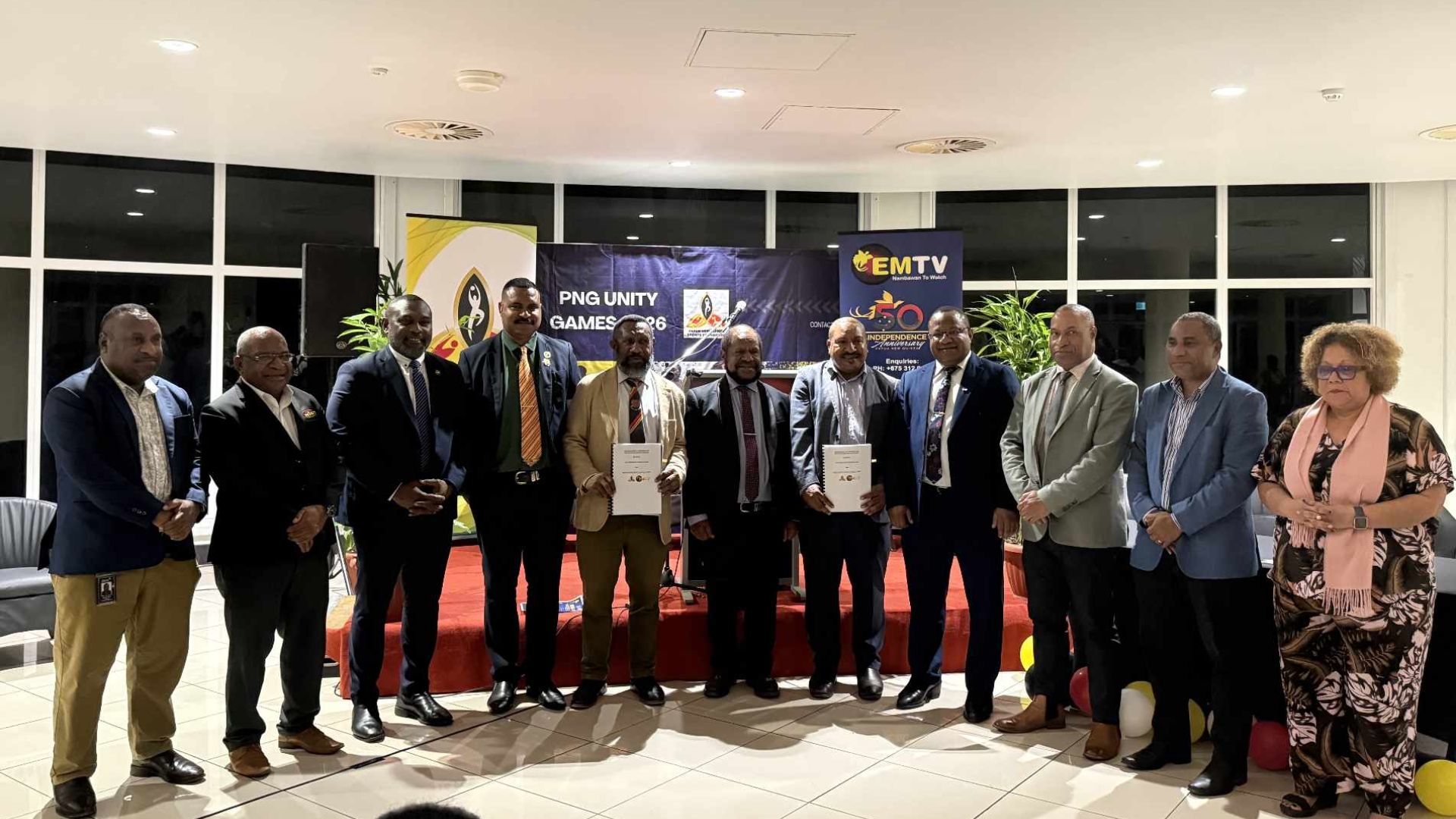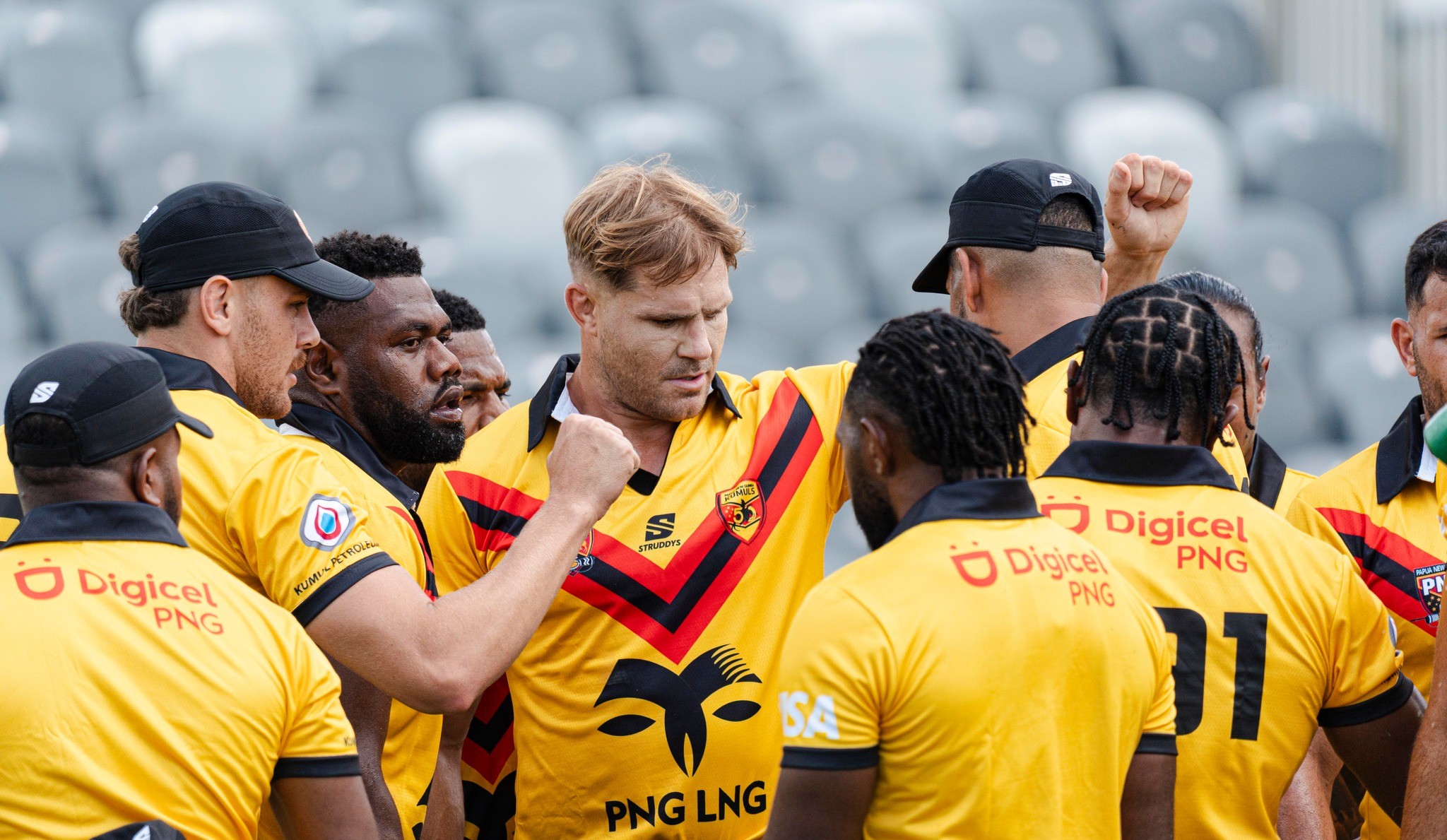NEWS
SAPNG HOSTS COURSE ON SAFE OBSTETRICS & PAEDIATRICS ANAESTHESIA
![]() By Paula David |
August 7, 2024
By Paula David |
August 7, 2024

Related News
LATEST NEWS






